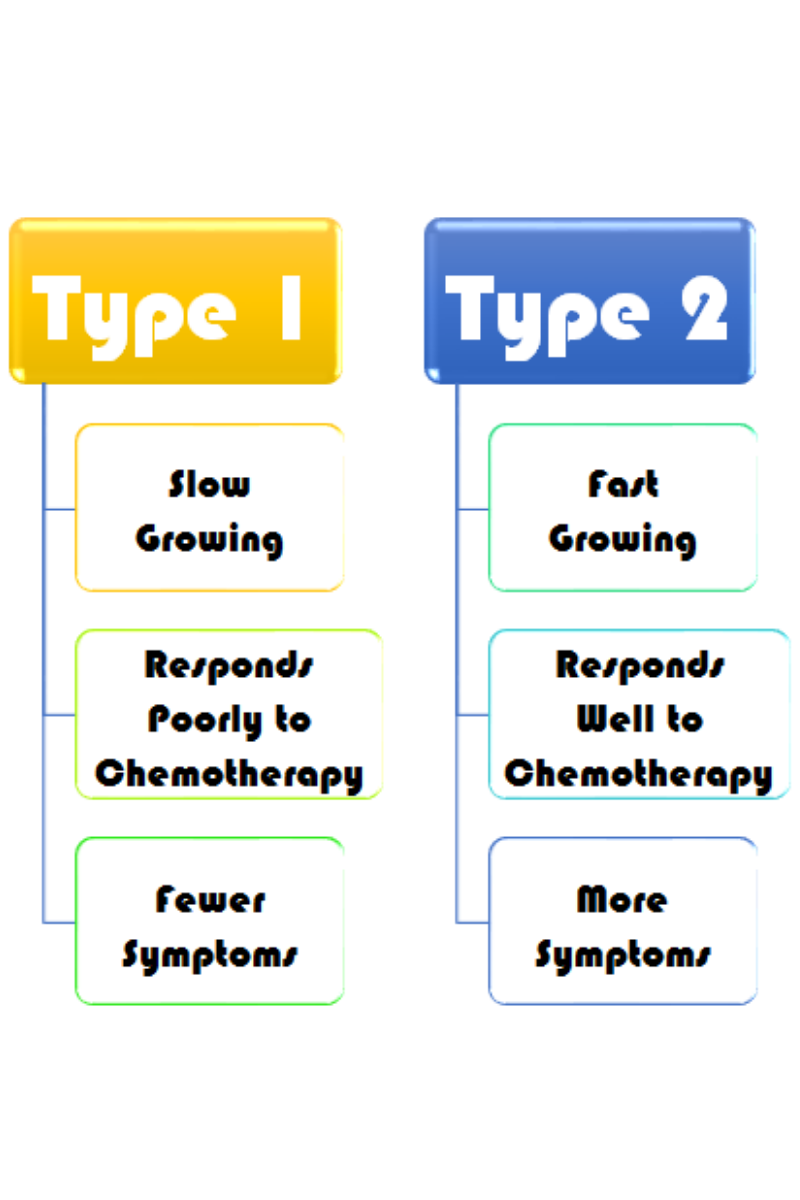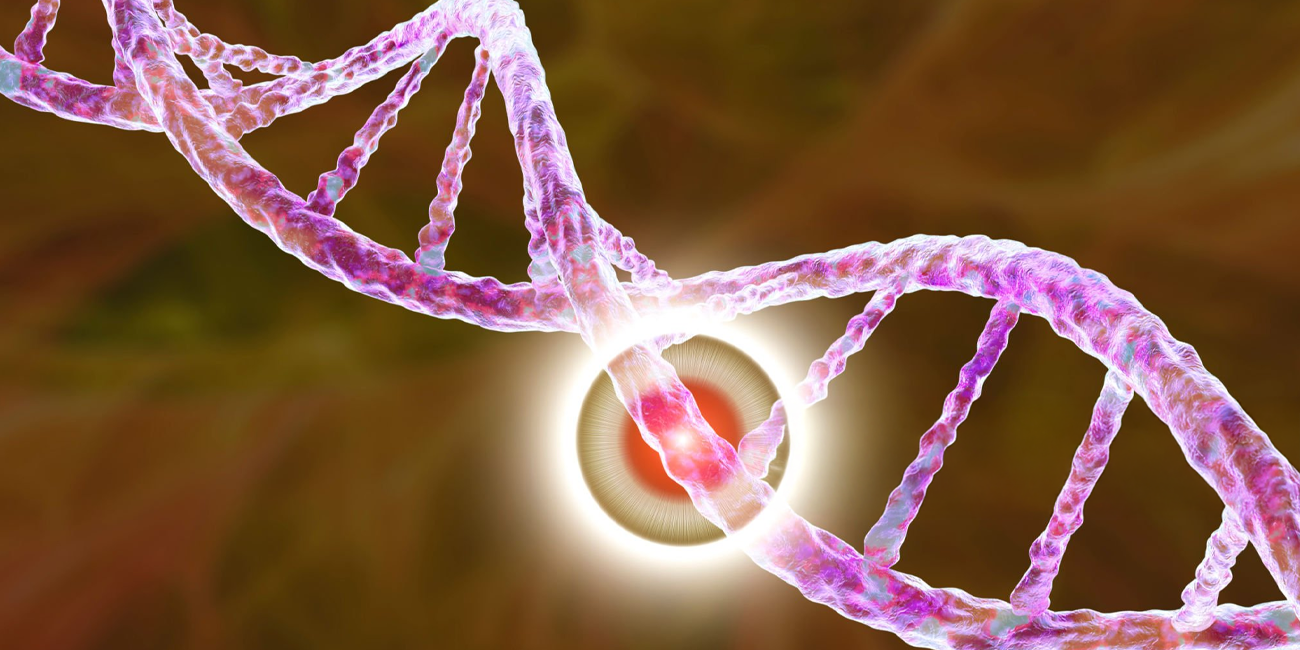
Book a Consultation
Thank you!
Your form has been sent successfully.



March 25, 2021
September is ovarian cancer awareness month. Ovarian cancer is the fifth leading cause of cancer related deaths for women between the ages of 35-74, with 1 in 78 women developing ovarian cancer. Previously believed to begin only in the ovaries, it has been discovered that ovarian cancer can also develop on the outer layers of the ovaries and other areas of the reproductive organ, including the far ends of the fallopian tubes.
What are Ovaries?
Ovaries are the reproductive glands for women, where the body produces eggs for reproduction. From the ovaries, the fully developed eggs travel down through the fallopian tubes to the uterus. Once in the uterus, the egg will be fertilized by sperm to develop into an embryo, or removed along with the uterine lining during the woman’s normal menstrual cycle. Ovaries are also the main source of estrogen and progesterone, the female hormones.
Early Signs of Ovarian Cancer
Diagnosing ovarian cancer in early stages is difficult because of the symptoms are also commonly caused by other diseases or occur often in women who do not have ovarian cancer. Due to this, almost 70% of women with this type of cancer are not diagnosed until the cancer is in an advanced stage, making it difficult to treat. Symptoms may include:
When symptoms like these become persistent and severe, it is important to see a doctor to discuss theses conditions. While it may be for another reason, these symptoms could be signs the individual is suffering from ovarian cancer and it is important for it to be diagnosed and treated right away.
Types of Ovarian Tumors
There are four different types of ovarian tumors that all pose the risk of being cancerous.
Epithelial Ovarian Tumors begin in the cells that line the outside of each ovary. The majority of ovarian tumors are epithelial cell tumors. These tumors can be malignant, borderline, or benign. Benign Epithelial Ovarian Tumors are tumors that will not spread and typically do not cause serious problems. Borderline Epithelial Tumors are tumors that don’t appear to be cancerous, but also don’t look completely benign. These tumors are very slow growing, often affecting younger women more often than other ovarian cancers.
Malignant Epithelial Ovarian Tumors are classified into four types: serous, clear cell, mucinous, and endometrioid. Epithelial ovarian cancers are the most common and unfortunately, due to them not being diagnosed in time, also the most dangerous.
Ovarian Germ Cell Tumors begin in the eggs located in the ovaries. The majority of ovarian germ cell tumors are benign, with less than 2% of all ovarian cancers being germ cell. When diagnosed, treatments typically have very high success rates. Occurring most often in teens and women in their twenties, typically the individuals diagnosed with germ cell cancers can be completely cured while preserving their ability to reproduce. There are several different types of germ cell tumors, including teratomas, dysgerminomas, choriocarcinoma, and endodermal sinus.
Ovarian Stromal Tumors begin in the cells that release hormones and that connect different structures of the ovaries together. A rare type of cancer, these cancerous cells are typically found early, allowing quicker treatment to prevent the stromal tumors from spreading to any other areas. The most common types of stromal cell tumors are granulosa-theca and Sertoil-Leydig tumors.
Ovarian Cysts are a mass of fluid inside an ovary. Ovarian Cysts are usually benign, occurring naturally as a part of ovulation, or the release of an egg. These naturally occurring cysts are called functional cysts and they go away within a few months without any need for treatment. If the cysts become too large or do not go away on their own, a doctor may observe it to see if it is necessary to surgically remove the cyst. Ovarian cysts that form when a woman isn’t ovulating, such as post menopause or for girls who have yet to start their period, doctors will want to perform more tests.
Stages, Grades, and Types
When diagnosed with ovarian cancer, or any other type of cancer, many individuals are confused as to what the doctors mean when they talk about the stage, grade and type of cancer. See the images below to help decode these common medical terms used to describe ovarian cancer.



Treating Ovarian Cancer
Surgery is the main course of action when dealing with the majority of ovarian cancers. Surgery is used to completely remove the cancer from the body along with the organs it has spread to. The first step for surgery is for doctors to figure out exactly where the cancer is and if it has spread to other areas. The areas affected determine what needs to be removed. For women who are of childbearing age, it may be possible to treat without removing both ovaries and the uterus depending on what areas are affected and the type of ovarian cancer. The other step is known as debulking. Debulking is used to remove as much of the tumor as possible, which is very important when dealing with ovarian cancer that has spread throughout the abdomen. When spread to areas that cannot or do not need to be completely removed, surgeons use debulking with the goal of leaving no visible cancer or tumors larger than 1 cm.
Chemotherapy is useful for killing the cancer cells that are leftover from for surgery or to shrink larger tumors to make surgery easier for the surgeons. Chemotherapy, or chemo, is medication given to the patient, either orally or through the bloodstream, that kill the overactive cancer cells.
Targeted Therapy works by using drugs to identify and attack cancer cells without damaging the normal cells around it. Depending on the drug used, it attacks how the cancer cells nourish themselves, grow, repair themselves, and even how the cell interacts with other cells. By interrupting or stopping these processes, the cancer cells die.
Hormone Therapy is more often used to treat stromal tumors, due to how it interacts directly with the body’s hormones and stromal cells. Hormone therapy uses hormones and hormone-blocking drugs to treat cancer.
Radiation Therapy uses high energy x-rays or particles to treat and kill cancer cells. Since more aggressive treatment options, such as chemotherapy, are more affective at treating the tumors, radiation is rarely used when dealing with ovarian cancer. Typically, Radiation is only used to treat additional areas that ovarian cancer has spread to.
Support
For those diagnosed with ovarian cancer, or any type of cancer, support is an important factor in their fight. Access to a support system, whether it be family or a support group in the area, helps individuals get through treatment and avoid falling into cancer related depression. It is also important for those diagnosed with this disease to keep communication open with their cancer care team. Understanding their diagnosis and treatment options will help them to make informed decisions about their health and treatments.
To learn more about different cancers and their treatments, follow us on Facebook


December 16, 2025
Hearing a HER2 gene mutation on a report can feel scary, but it also p...
KNOW MORE

December 16, 2025
Seeing a dark streak under your nail that doesn't fade or grow out can...
KNOW MORE

December 16, 2025
If you're worried that an itchy or stubborn rash could be cancer, you'...
KNOW MORE

December 16, 2025
Hearing that your CT scan shows a spot on your lung can be unsettling....
KNOW MORE

November 13, 2025
Food choices feel high-stakes during cancer care, and because of that,...
KNOW MORE

November 13, 2025
Ablation treats prostate cancer using energy such as heat, cold, elect...
KNOW MORE
